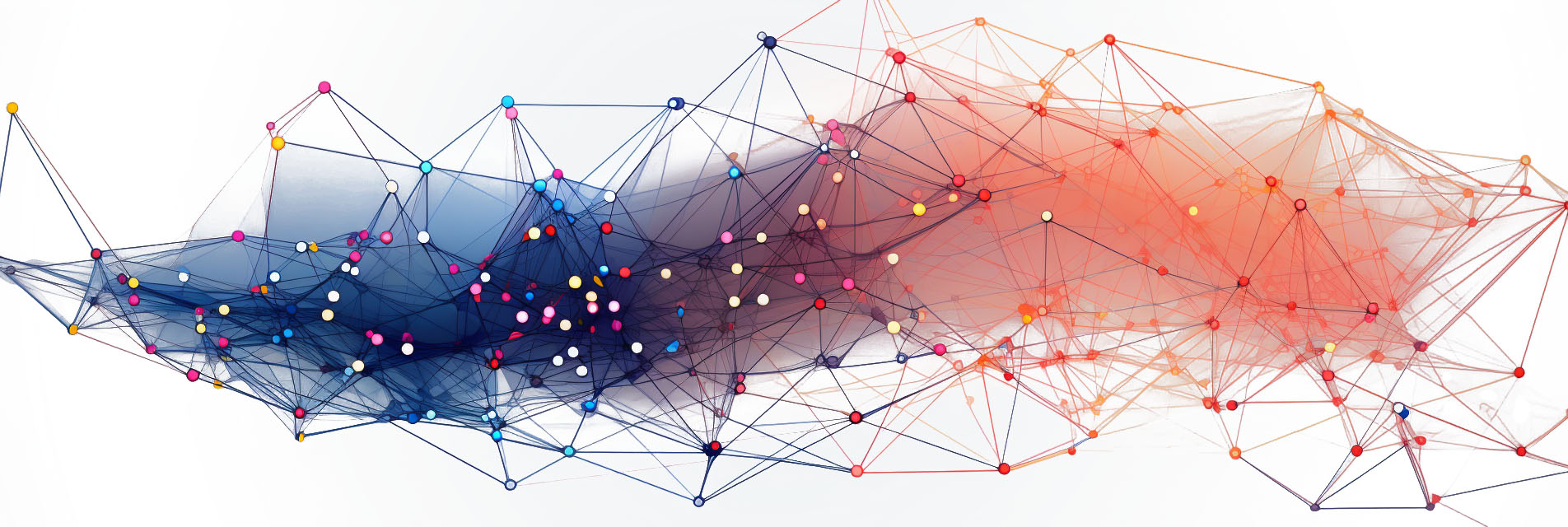Graph neural network

A graph neural network (GNN) is a deep learning architecture designed to work on graph structured data. Here are some key characteristics of graph neural networks:
- Nodes represent entities and edges represent relationships between entities.
- Information from neighboring nodes is aggregated and passed along during neural network propagation to learn node embeddings.
- GNNs can learn complex patterns in graph data based on connections and interdependency between nodes.
- Common operations involve message passing between nodes to share information.
- Various GNN architectures have been developed like graph convolutional networks, graph attention networks etc.
- Key applications of GNNs include node classification, link prediction, community detection, and recommendation systems for social networks.
- GNNs have been used on graph datasets from social networks, knowledge graphs, molecular structures, traffic networks and more.
- They can learn from graph data more effectively than traditional deep learning models.
- Challenges include scalability to large graphs and effectively handling different graph structures and sizes.
Graph neural networks allow deep learning to be applied to graph structured data by leveraging node connectivity and feature passing to learn effective node embeddings for various tasks.
See also: